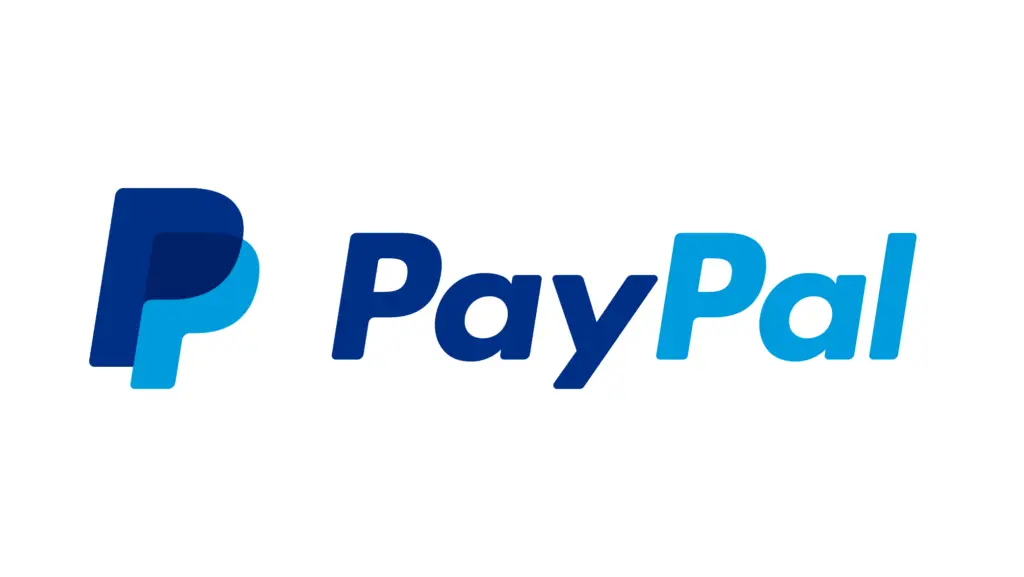
In today’s digital age, selling art online has never been easier. Whether you are a seasoned artist or just starting out, the internet offers a vast marketplace to showcase and sell your artwork to a global audience. This guide will walk you through the steps of selling your art online successfully.
1. Choose Your Art Niche
Before you start selling, it’s essential to define your art niche. This includes:
- Type of Art: Paintings, digital art, sculptures, prints, etc.
- Style: Abstract, realism, modern, impressionism, etc.
- Target Audience: Art collectors, home decorators, businesses, etc.
Focusing on a niche helps you stand out in the crowded online art marketplace.
2. Create High-Quality Digital Images

Since buyers cannot see your artwork in person, high-quality digital images are crucial. Ensure that:
- You use a good camera or scanner for clear, high-resolution images.
- The lighting is even and natural.
- Multiple angles and close-ups are available to showcase texture and details.
- The background is neutral to highlight your art effectively.
3. Select the Right Online Selling Platforms

There are numerous platforms where you can sell your art. Here are some of the best options:
- Online Marketplaces: Etsy, eBay, Amazon Handmade
- Print-on-Demand Websites: Redbubble, Society6, Fine Art America
- Art-Specific Marketplaces: Saatchi Art, Artfinder, Singulart
- Personal Website: Create your own eCommerce site using Shopify, WordPress, or Wix
- Social Media Platforms: Instagram, Facebook, Pinterest, and TikTok with shopping features
Each platform has its pros and cons, so choose the one that aligns with your art business goals.
4. Price Your Art Strategically
Pricing art can be challenging. Consider the following factors:
- Material Costs: The cost of canvas, paints, printing, framing, etc.
- Time Invested: The hours spent creating the piece.
- Market Demand: Research what similar artists are charging.
- Profit Margin: Ensure that you cover all costs and make a reasonable profit.
You can also offer different pricing tiers, such as originals, limited edition prints, and digital downloads.
5. Build Your Online Presence


A strong online presence increases your credibility and attracts buyers. Here’s how:
- Social Media Marketing: Regularly post content showcasing your art process, finished pieces, and behind-the-scenes work.
- Blogging & SEO: Write about your creative journey and use relevant keywords to attract traffic.
- Email Marketing: Build an email list and send newsletters about new artworks, discounts, and upcoming exhibitions.
- Engage with Your Audience: Respond to comments, messages, and reviews to build a loyal community.
6. Offer Various Payment and Shipping Options


To make it easy for customers to buy your art, provide:
- Multiple payment options (PayPal, credit cards, Stripe, etc.).
- Secure checkout systems.
- Transparent shipping costs and policies.
- International shipping options if targeting a global audience.
- Return policies to build trust with buyers.
7. Promote Your Art Effectively
Selling art requires marketing. Here are some effective strategies:
- Collaborations: Partner with influencers, bloggers, or other artists to expand your reach.
- Paid Advertising: Use Facebook and Instagram ads to target potential buyers.
- Art Contests & Giveaways: Engage audiences with fun competitions and free prints.
- Networking: Join art communities, online forums, and local art fairs to gain exposure.
8. Provide Excellent Customer Service
A happy customer is a returning customer. Ensure:
- Prompt responses to inquiries.
- Secure packaging to prevent damage.
- Follow-up emails for feedback and appreciation.
9. Keep Learning and Adapting
The online art market is constantly evolving. Stay updated by:
- Taking online courses on digital marketing for artists.
- Analyzing your sales data to understand what works best.
- Experimenting with different strategies and platforms.
Conclusion

Selling your art online is a journey that requires patience, persistence, and creativity. By choosing the right platforms, pricing your work wisely, marketing effectively, and engaging with your audience, you can turn your passion into a profitable business.
Start today and take your art to the world!
